-
Posts
7,989 -
Joined
-
Last visited
Content Type
Profiles
Forums
Gallery
Events
Everything posted by Louie da fly
-

Newbie from Chino Hills, California
Louie da fly replied to tomsimon's topic in New member Introductions
Welcome, Thomas. You've chosen a very attractive model to start on. There are several build logs for this kit already on MSW. Just do a search (top right corner of the page) for Vanguard Fifie and they'll come up. They should help you with problems you may encounter as you go. And do start a build log of your own -it's the best way to get help, advice and encouragement from those who've been there before. And we get to see an attractive model being built. The instructions for starting a build log are here: Have fun with it! -
I don't know much about all this but it seems to me that painting over the existing mess would be a very bad idea - it would be far better to remove it and start again.
-
Not a Latin speaker at all, but as I read it: hoc [this] hulci [hulc] signo [signifies] vocor os [by word of mouth] sic [thus, such] nomine [name] digno [worthy] My nearest guess would be "This word hulc sounds like that worthy name" (the "worthy name" is Hulkesmouth, the name of the town)
- 186 replies
-
- keelless
- reverse clinker
- (and 4 more)
-
Thanks everybody for the likes, and thanks for the comments, Liteflight. However I need to point out that there's an older meaning for bodging, but even more irrelevant to the present case (I see your pedantry and raise it). In Tudor times a bodger was someone who pulled old garments apart and re-made the fabric into new garments. But I was using the broader Australian meaning mentioned by Banyan above: "to tie a few parts together with fencing wire and you will have a true Aussie creation" The little guys are carved from pear wood from our neighbour's tree, from small branches that have been sitting under the house for a few years. This time I didn't use sawdust and glue - the gunge was (barely) adequate to glue to; in fact its consistency was very similar to that very sawdust and glue that you asked about (Oops! Ended a sentence with a preposition). Here are the three topmen painted and ready to go. Note that they've taken off their shoes and hose to improve grip as they climb the yard (I do this when I go up on the roof of our house, for the same reason). I've made their legs paler than their hands and faces because they're usually covered so they haven't got tanned. The man in the red tunic is the one with the dodgy leg; it's not perfect but not too bad. I can always tell myself he had a childhood accident and his leg healed crooked. And I've tried a little shading, having been inspired by the soldiers in Old Collingwood's Waterloo diorama. And here they are dry fitted to the yard. I have to furl the sail and hoist it before I can put them in place permanently. Note the shallowness of the sail, which stops it looking too full when furled. Now I have to decide whether to remove the 8 oarsmen furthest aft and put their oars in storage along the benches - because the original idea was that those would be the guys pulling on the halyard and unfurling the sail, so their benches should be empty. Otherwise there are extra crew members who only work when under sail, and I can't see them doing that when there are plenty of big strong men pulling the oars who could be temporarily re-purposed.
-
Thanks everybody for the likes and particularly to mrcc for the nice comment. More progress. I've been working on the robands - fixing the sails to the yards: Note: in the picture above what looks like a break in the yard is actually just a bit of darker grain. I got about half way then happened to compare what I'd done with a photo of an actual lateen rigged vessel of about the same size as the dromon in real life and realised I had the robands about twice as close together as they should have been. So I removed every second one. As I was about halfway through, for the same amount of work if I'd had the spacing correct I would have had all the robands done. (sigh) And all complete! And I've started furling one of the sails, the only way I know how, by clamping everything and gradually adding the gaskets. The other thing I've been working on is carving three figures to go up on the fore yard, unfurling the sail so the oarsmen can have a break. (there's a nice breeze coming from aft) Unfortunately there was a really nasty knot right in line with the left leg of the last guy, and his foot broke off, with a section more like gunge than wood at his ankle. I had to do a lot of bodging to get it to work halfway decently. More to follow as I get more done . . .
-
Thanks, iMustBeCrazy. Yes, the name nef is just the mediaeval French word for a ship, so it's like calling a carrack a nao - context is all. The Wikipedia article is interesting (once I'd worked out that the word google translated as "straps" should have been "oars") - I'd like to follow up on some of the sources the article is based upon, though - such as what's the evidence for the contention that it is similar to the Knorr with its clinker-built hull and rudder attached to the starboard side, but it is significantly more bulbous than its Scandinavian predecessor. and also that the Nef was equipped with a continuous deck, but often rose steeply at the ends of the ship to the stems. I know of no evidence to back either of these contentions up - they may well be true, but I'd like to see the evidence, particularly as one of the sources it quotes dates back to 1914. Which is my own opinion. But what the hey, in the frumious spirit of investigation and quest for knowledge, I think this is all very well worth while. One from the mid 15th century: C. 1460 Decameron Harvard MS Richardson 031 f. 152v. And as late as 1588, accounts of the Spanish Armada refer to a large number of "hulks" being part of the Spanish fleet. Now this is an English translation and I don't know what the original Spanish word was, but perhaps it was urca, as above. Here are a couple of possible 16th century candidates: 1558 De Piscum and Aquatilium Animatum Natura Conrad Gesner Cosmography Samuel Munster 1598 And as you can see, these pictures also show the snarks . . . Dick, it occurs to me that as the hulc seems to be a northern development it would be somewhat rounder amidships than your diagram above, more like a knarr though the bow and stern would have to be rounder to allow for the lack of a stem and sternpost.
- 186 replies
-
- keelless
- reverse clinker
- (and 4 more)
-
Sounds like a good idea, especially printing the designs on the paper instead of painting them by hand. Not sure if I've already referred you to this site regarding designs on Viking shields: http://members.ozemail.com.au/~chrisandpeter/shield/shield.html - there's also this one -http://www.vikingage.org/wiki/index.php?title=Round_Shield_Designs#/media/File:Shields - it includes a lot of shield patterns which aren't Viking but they are from areas bordering Viking lands, and several of them appear in more than one region suggesting that patterns of this type were fairly widespread. A bit of experimentation should show you the best way to harden/stiffen your shields. And as you're printing them in bulk it doesn't matter if you have to throw a few away.
-
iMustBeCrazy, I'm really curious as to where you got that definition of nef - because I've been calling that type of ship a nef and I thought it was just me . . . do you mean to say that's the official name of the thing and I somehow came up with it independently? By the way, surely the Winchelsea ship doesn't qualify as a hulc because it has a stempost and sternpost. Which way the planks overlap is a little equivocal, but from a pic with better detail it looks more like standard clinker than reverse . . . At least the bowsprit doesn't get mixed up with the rudder sometimes . . . (A thing, as the Bellman remarked, That frequently happens in tropical climes, When a vessel is, so to speak, "snarked.”)
- 186 replies
-
- keelless
- reverse clinker
- (and 4 more)
-
That's absolutely stunning, Binho. For the shield bosses - hmmm, difficult. In real life they were about 15cm (6") diameter. So at 1:72 they should be about 2mm (converts to a little over 1/16"). They were of various different shapes, but hemispherical was common and would probably be the easiest to get hold of. Some kind of bead.perhaps? Or you could make a plaster mould (Australian spelling, don't worry about it) and cast them in car-bog (body-filler). Maybe the heads of small dome-headed bolts with the slot/Phillips head filled in? And just glue onto the centre of the shield board. Nobody will ever check the back of the shield to see if there's a hole there for the Viking's hand to fit through.
-
You're a braver man than I, Gunga Din. I look forward to seeing what I feel must be the first ever model of a hulc. Except perhaps this: And a boojum is a snark, but a snark isn't necessarily a boojum. You may serve it with greens and it's handy for striking a light . . .
- 186 replies
-
- keelless
- reverse clinker
- (and 4 more)
-
Hi Cap'n Snack and welcome to MSW. I had to look up what gunpla was. Quite a move from that to ship modelling, but I imagine the skills from on should transfer to the other quite well. Make sure you start a build log when you begin your model. It is a very good way to get help and advice and encouragement, and we get to see yet another beautiful ship model under way.There are instructions on how to do it here: Looking forward to seeing your progress.
-
Welcome, Patrick! I'd second Mark's suggestion that you start a build log when you begin your model. It's a great way to get help and advice - and encouragement. By the way, why the name Boomer? Are you a baby boomer (like a lot of us) or is it because that's the name for a very big kangaroo?
-
Half your luck, Andre, living in Portsmouth. So if you're unsure of a detail you can just pop down to the naval base and check it on-site! When you've finished Victory maybe you should consider making the Warrior and Mary Rose . . .
-
Very interesting conclusion. Perhaps because in frame-first construction the strakes were fixed to the frames, whereas in shell-first they were fixed to each other?
-
Understood. Just put it down to experience for next time. Well at least you didn't have to do that. I'm not sure I'd be willing to take on a fluit - so complex!
- 332 replies
-
- fluit
- abel tasman
-
(and 1 more)
Tagged with:
-
Chuck, I've downloaded it as a PDF. I'll PM it to you.
- 130 replies
-
- wütender hund
- hanseatic
-
(and 2 more)
Tagged with:
-
Marcus, not sure if it's just the photo, but in the third last pic above the topmost wales port and starboard seem to be aligned differently. I don't know if this is a problem. Other than that the wales look very good.
- 332 replies
-
- fluit
- abel tasman
-
(and 1 more)
Tagged with:
-
A lot of fiddly work, but worth it in the long run.
- 181 replies
-
- santa maria
- mamoli
-
(and 1 more)
Tagged with:
About us
Modelshipworld - Advancing Ship Modeling through Research
SSL Secured
Your security is important for us so this Website is SSL-Secured
NRG Mailing Address
Nautical Research Guild
237 South Lincoln Street
Westmont IL, 60559-1917
Model Ship World ® and the MSW logo are Registered Trademarks, and belong to the Nautical Research Guild (United States Patent and Trademark Office: No. 6,929,264 & No. 6,929,274, registered Dec. 20, 2022)
Helpful Links
About the NRG
If you enjoy building ship models that are historically accurate as well as beautiful, then The Nautical Research Guild (NRG) is just right for you.
The Guild is a non-profit educational organization whose mission is to “Advance Ship Modeling Through Research”. We provide support to our members in their efforts to raise the quality of their model ships.
The Nautical Research Guild has published our world-renowned quarterly magazine, The Nautical Research Journal, since 1955. The pages of the Journal are full of articles by accomplished ship modelers who show you how they create those exquisite details on their models, and by maritime historians who show you the correct details to build. The Journal is available in both print and digital editions. Go to the NRG web site (www.thenrg.org) to download a complimentary digital copy of the Journal. The NRG also publishes plan sets, books and compilations of back issues of the Journal and the former Ships in Scale and Model Ship Builder magazines.



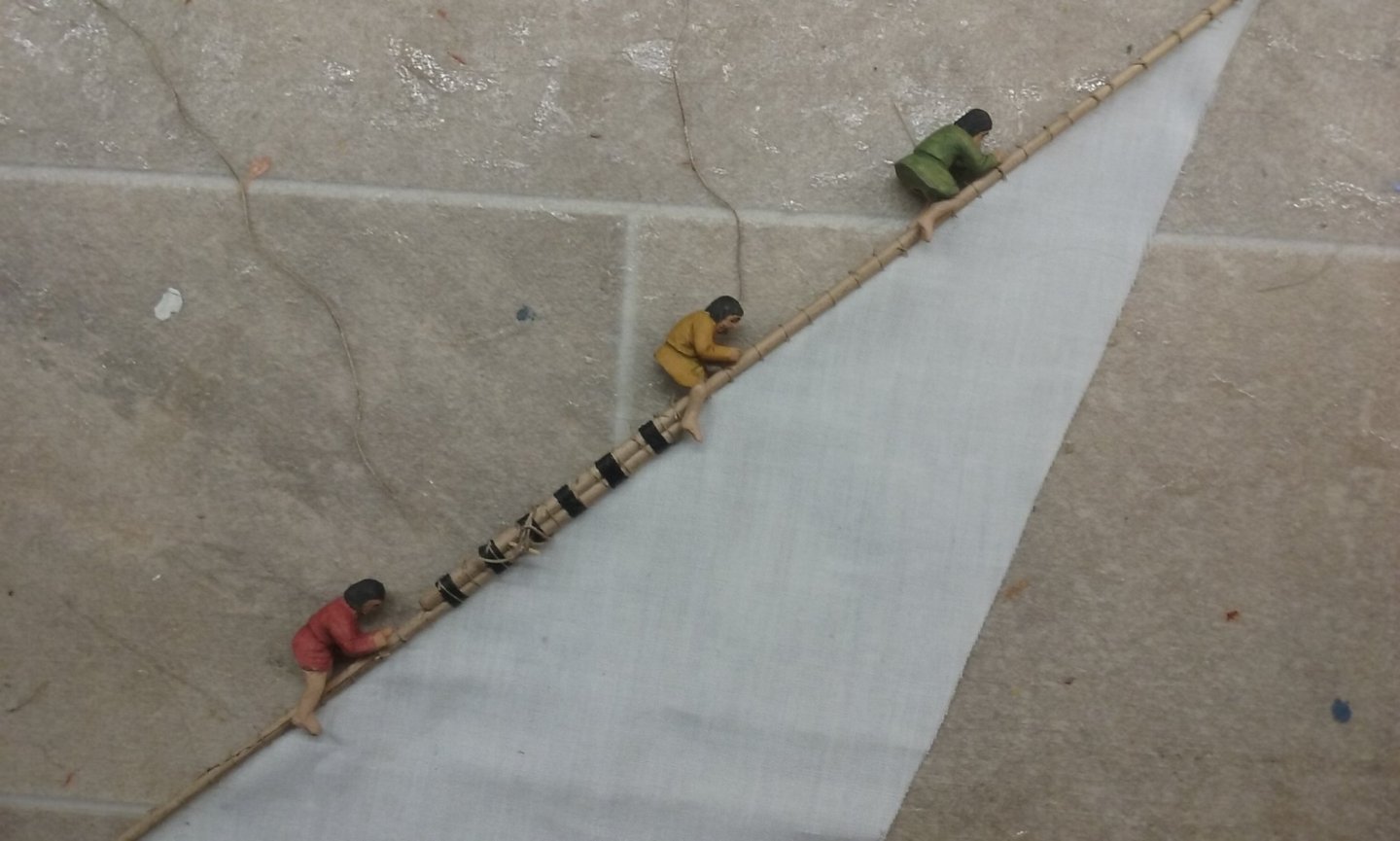
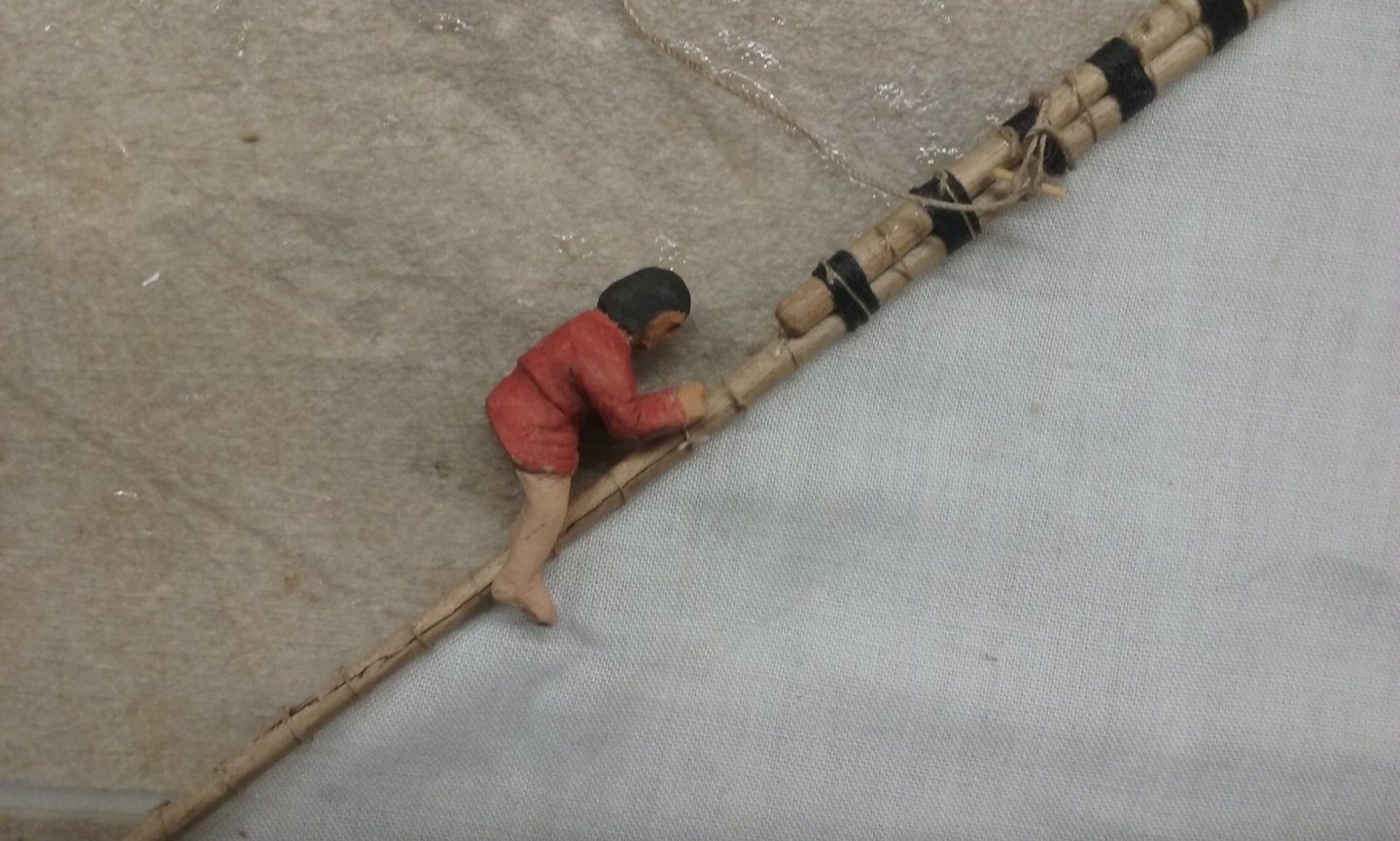
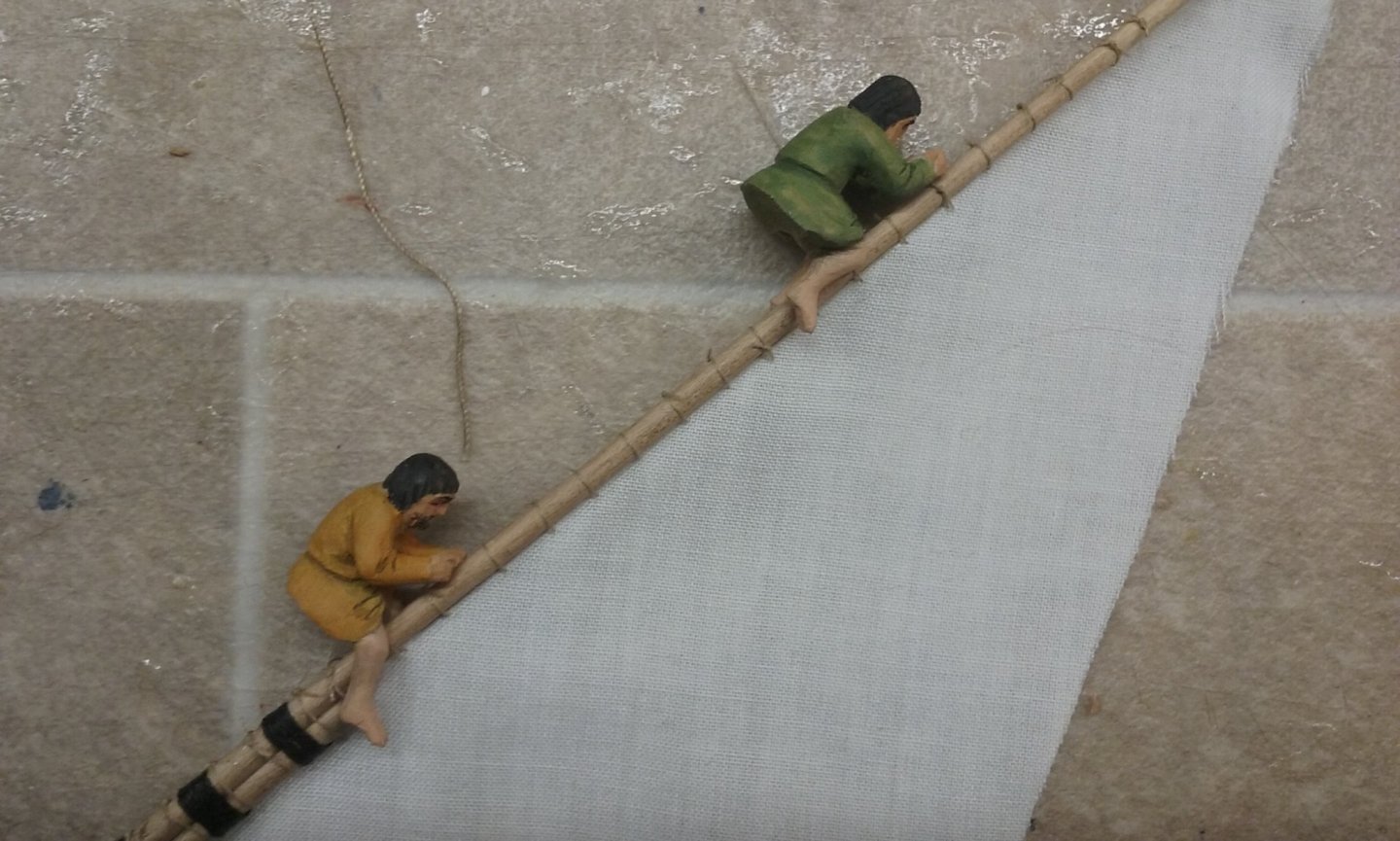
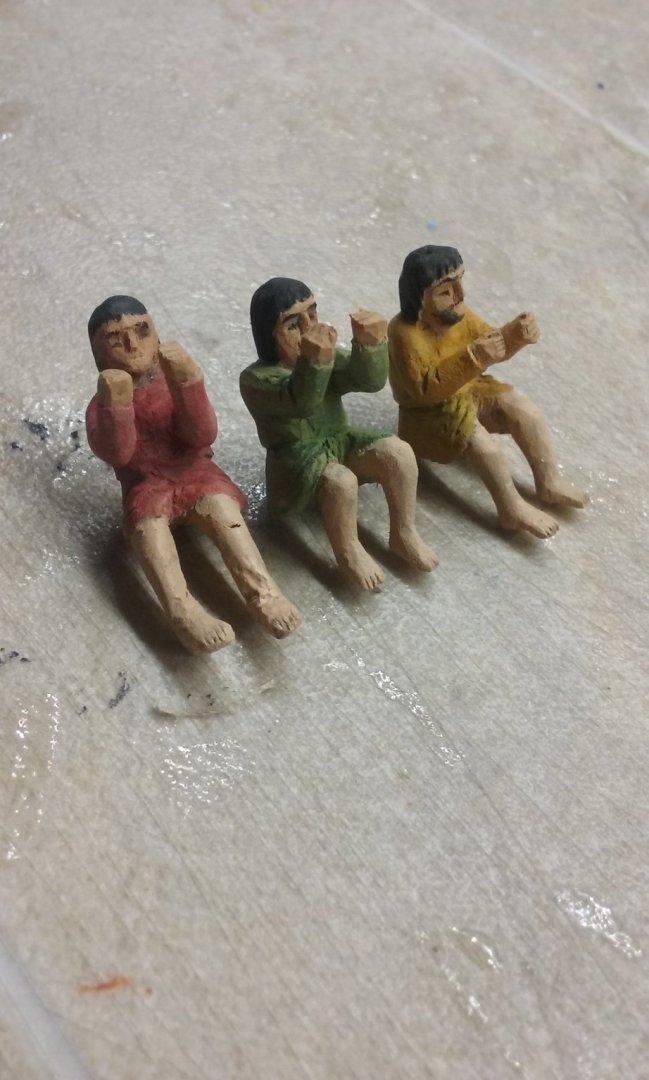
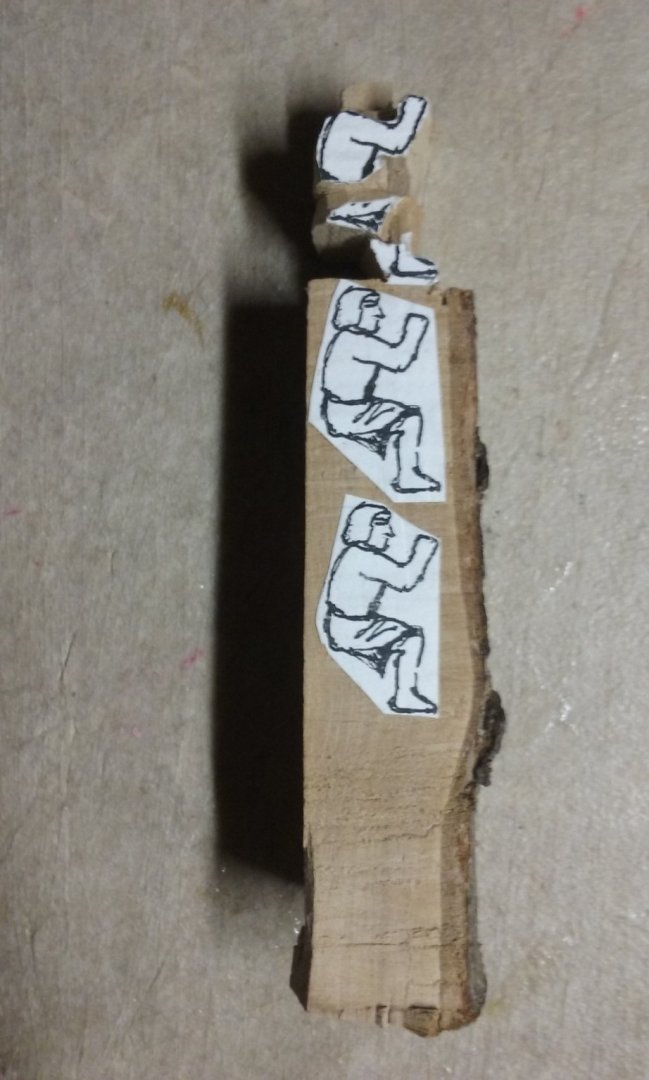
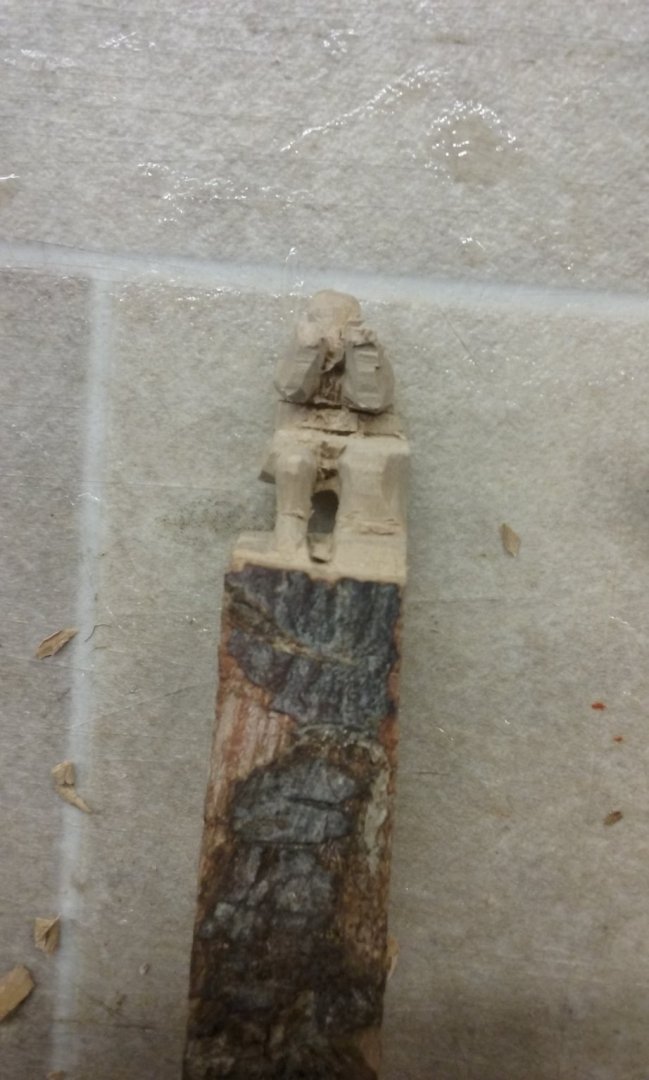
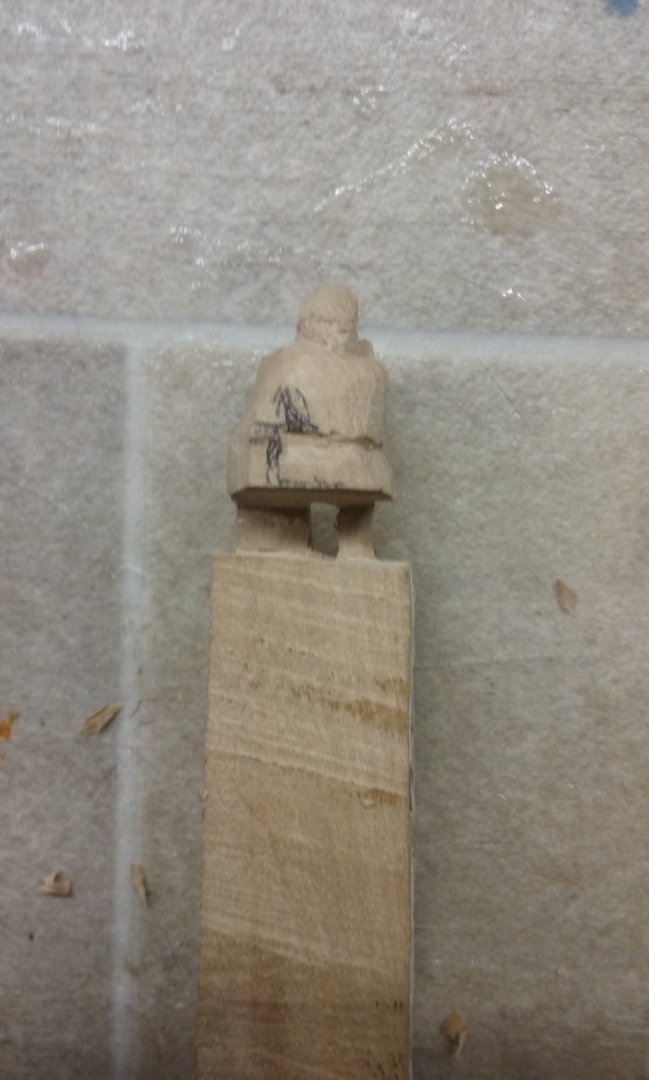
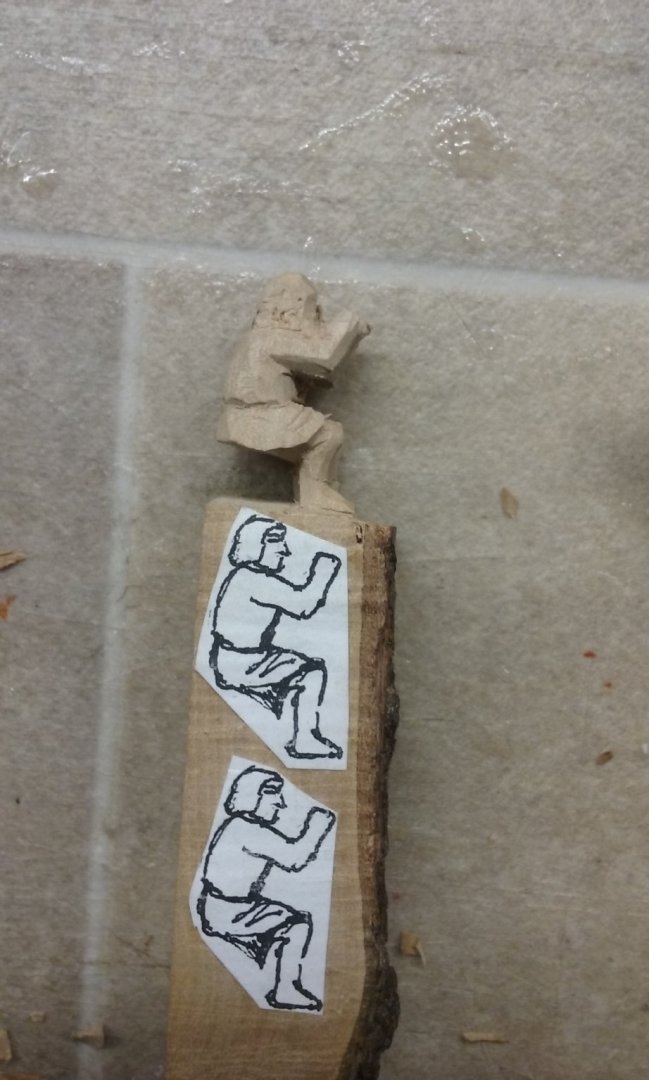
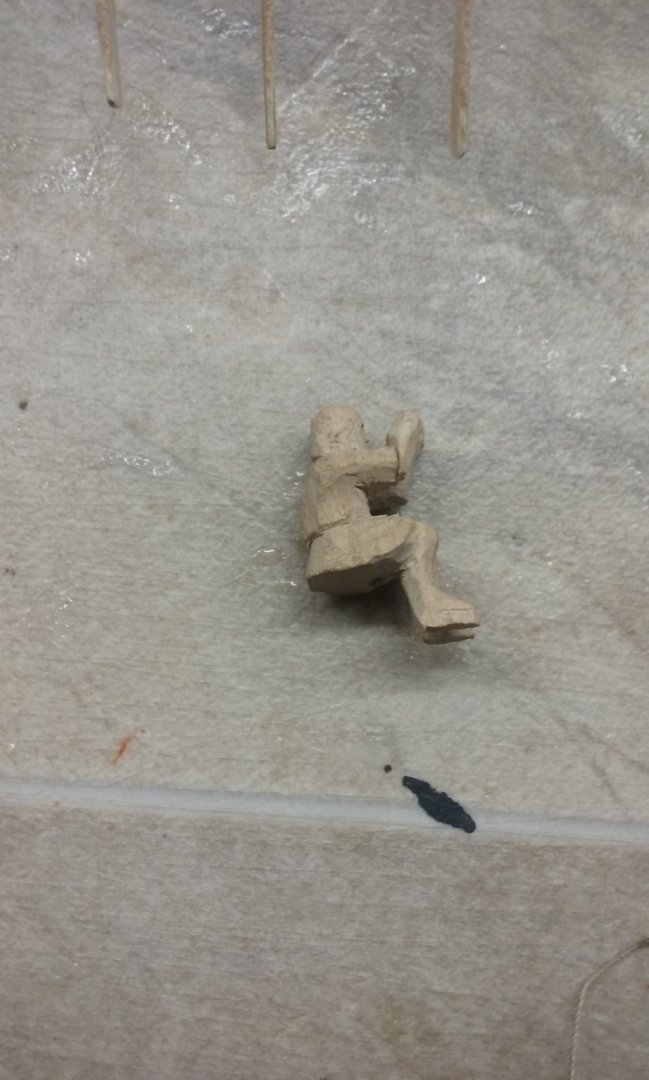
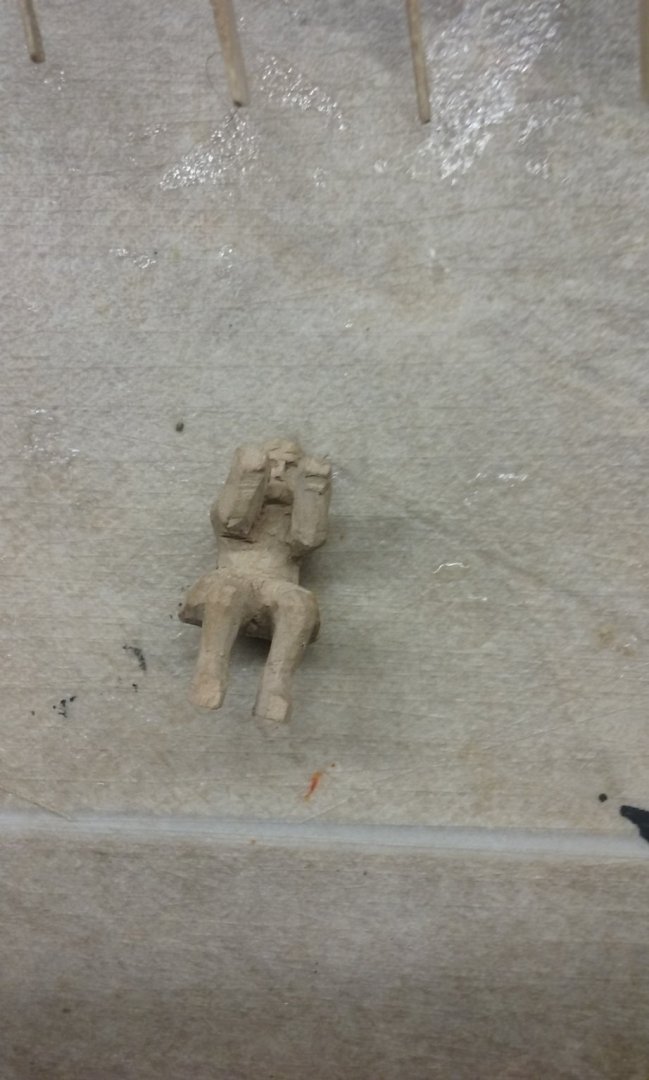
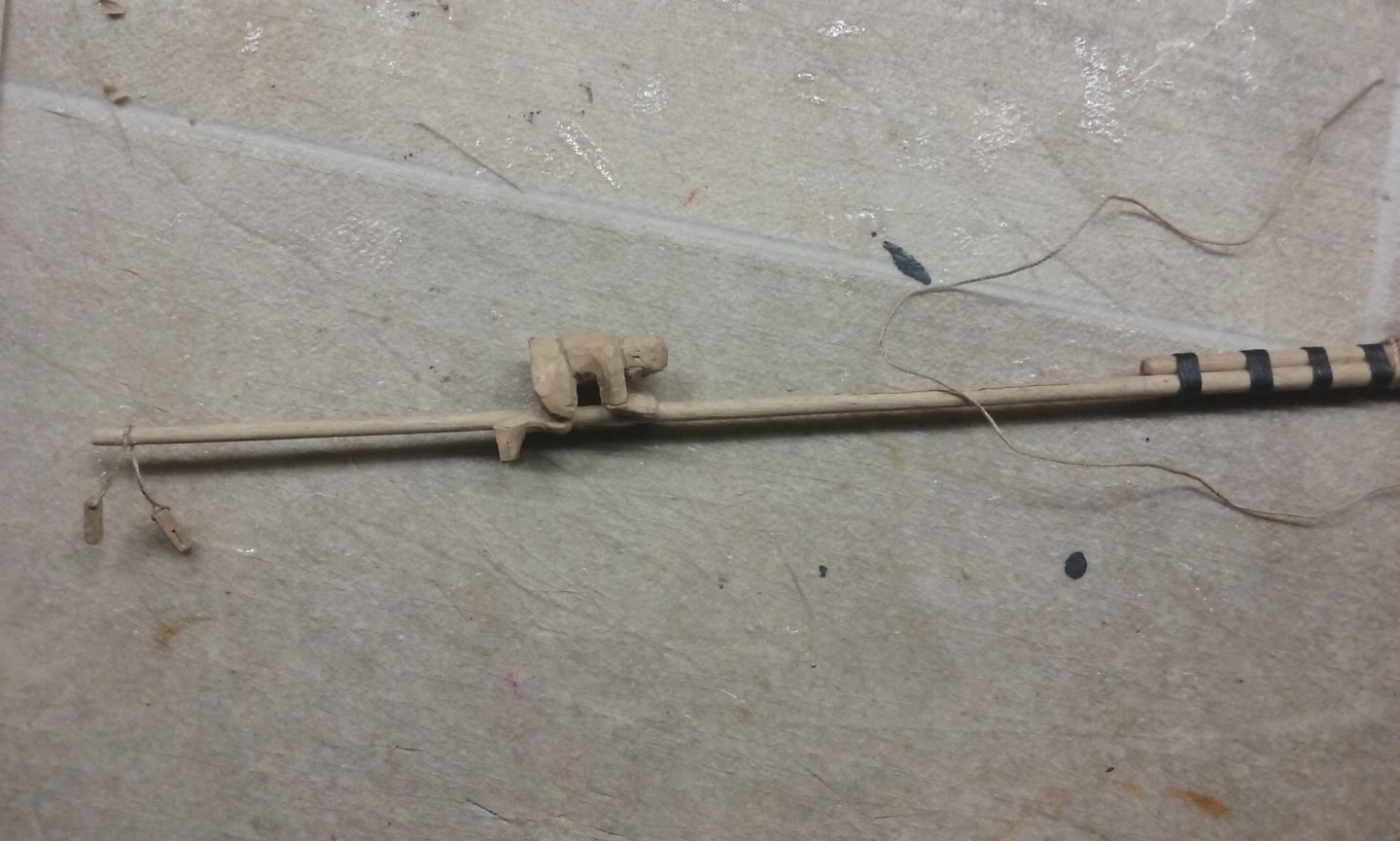

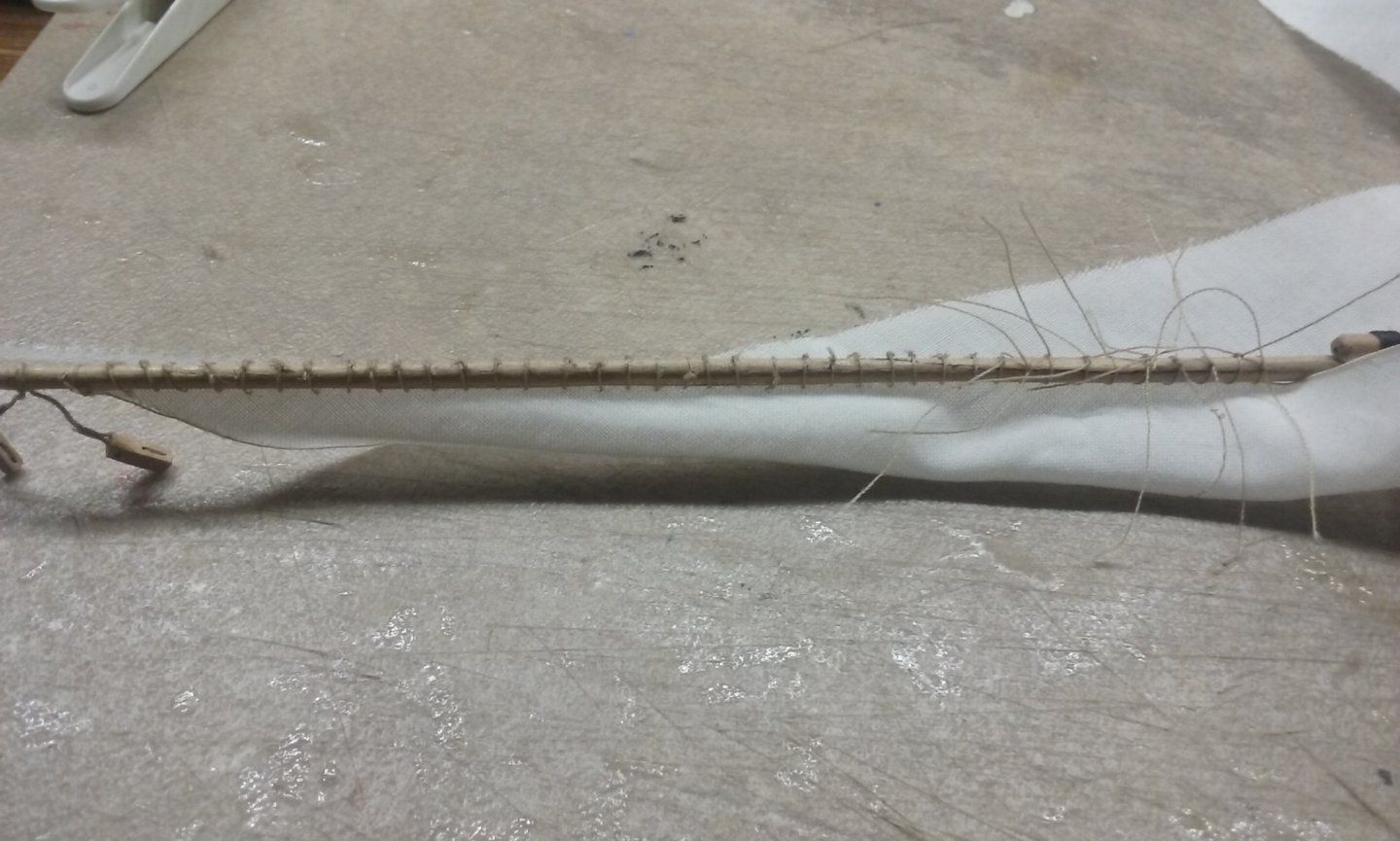

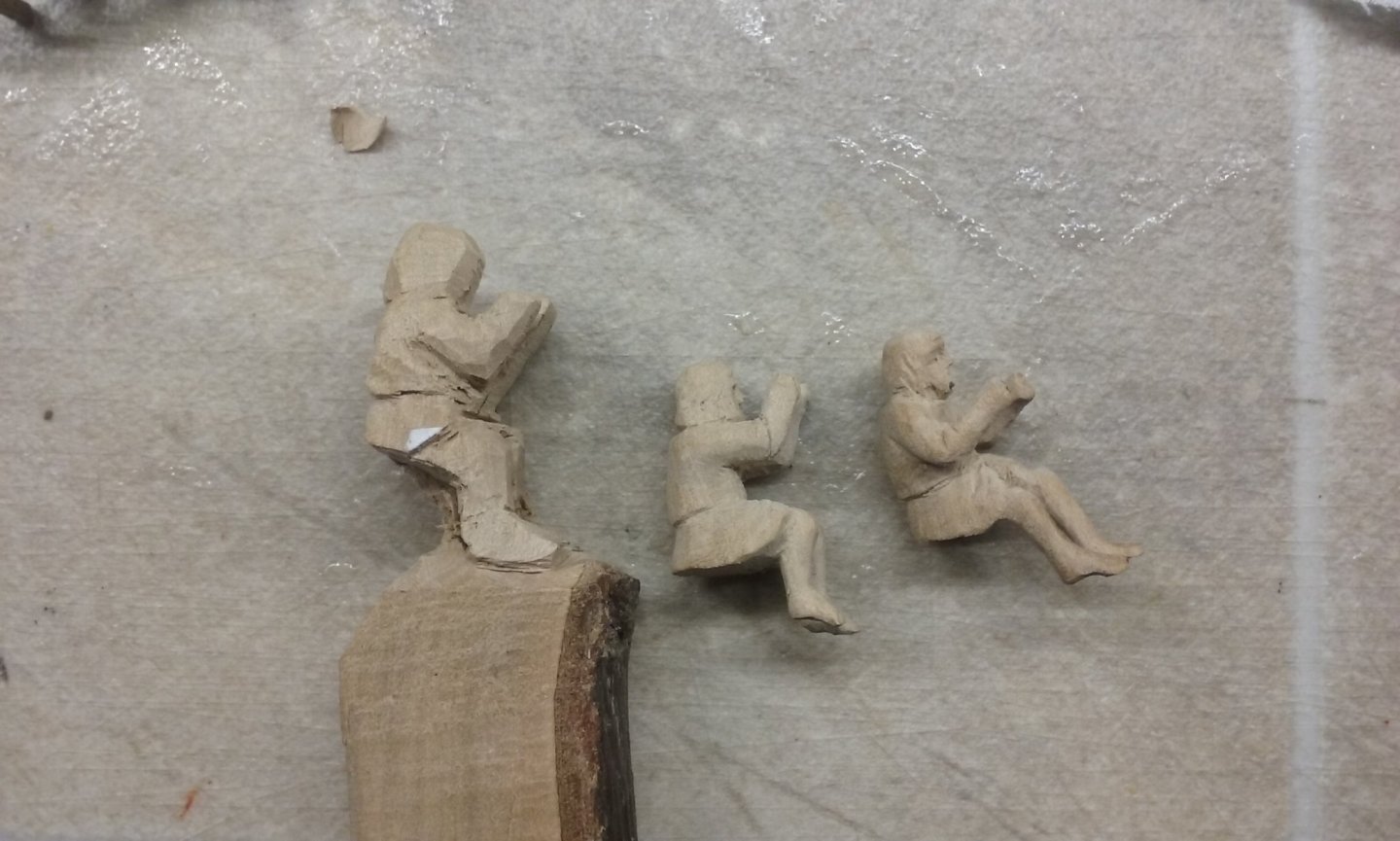

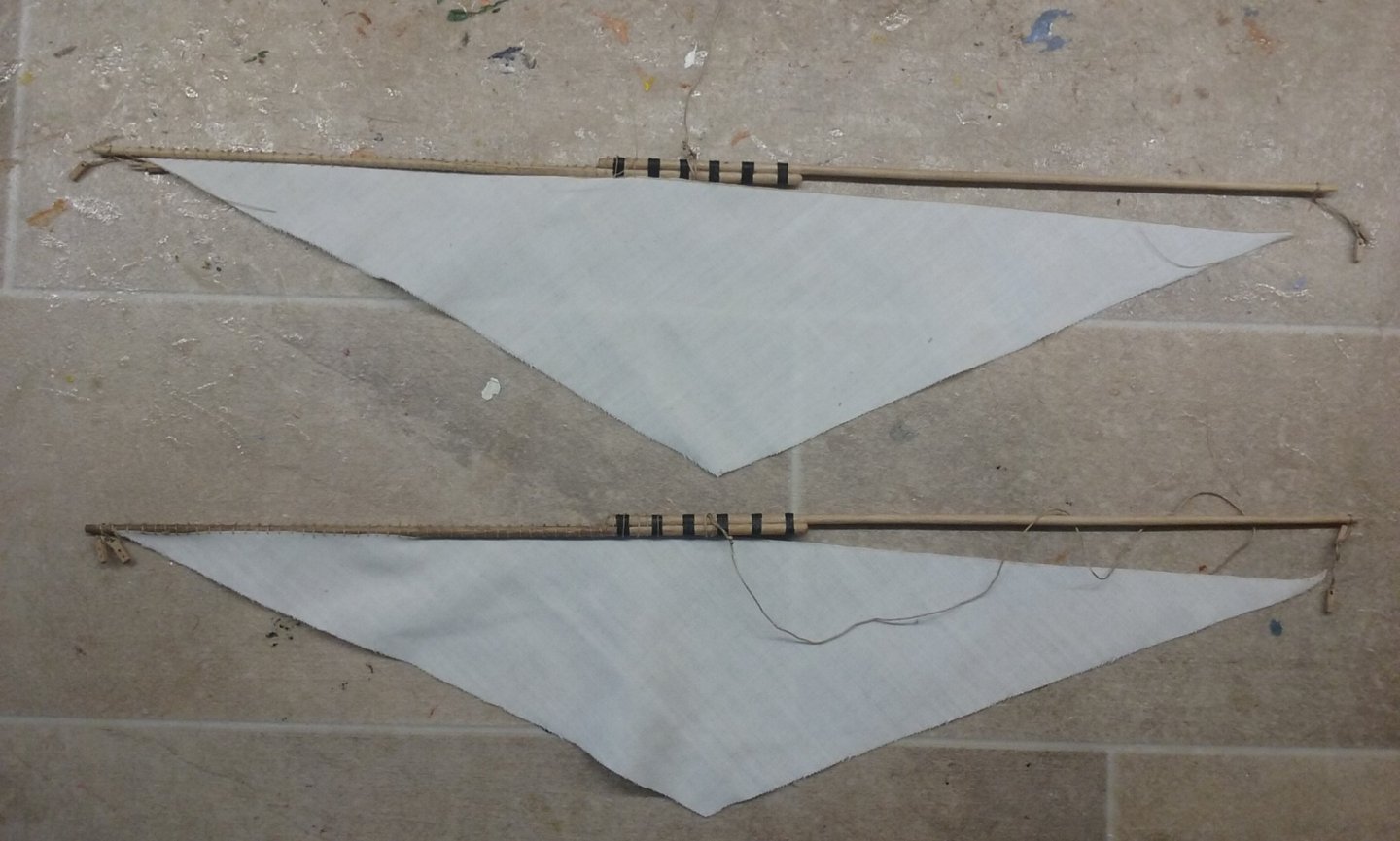
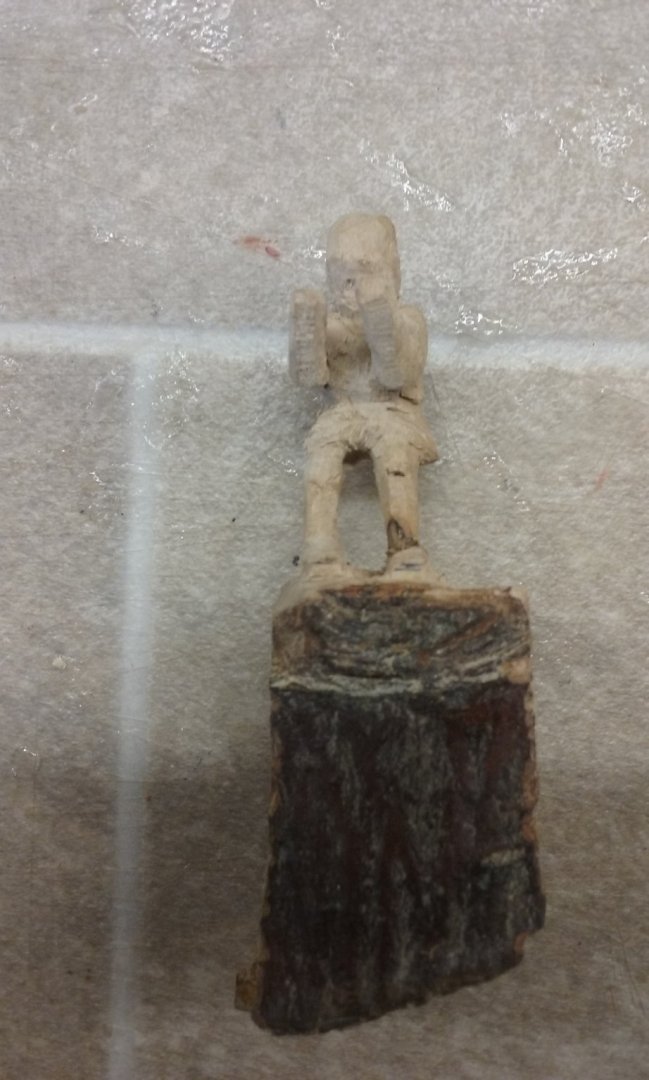
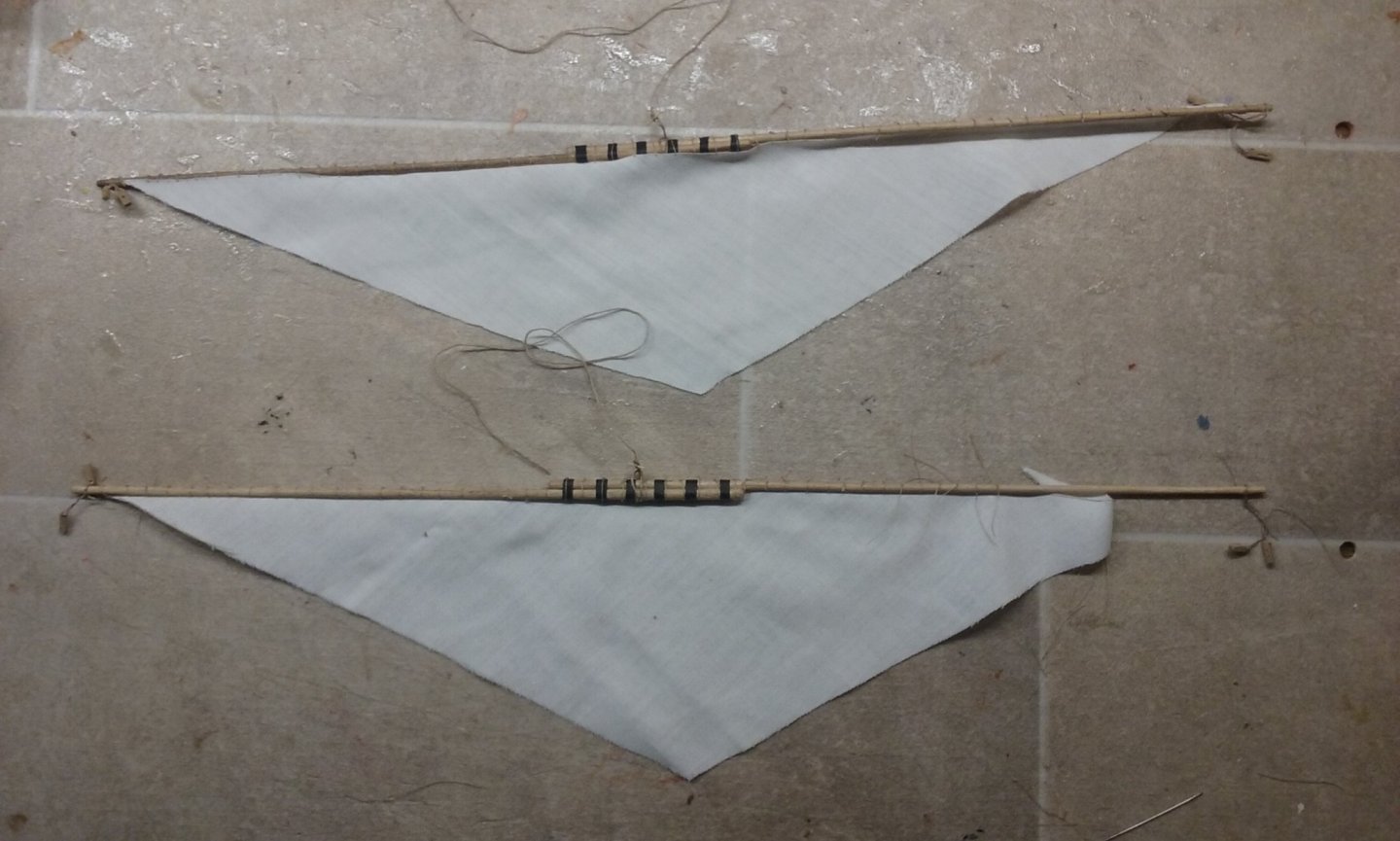
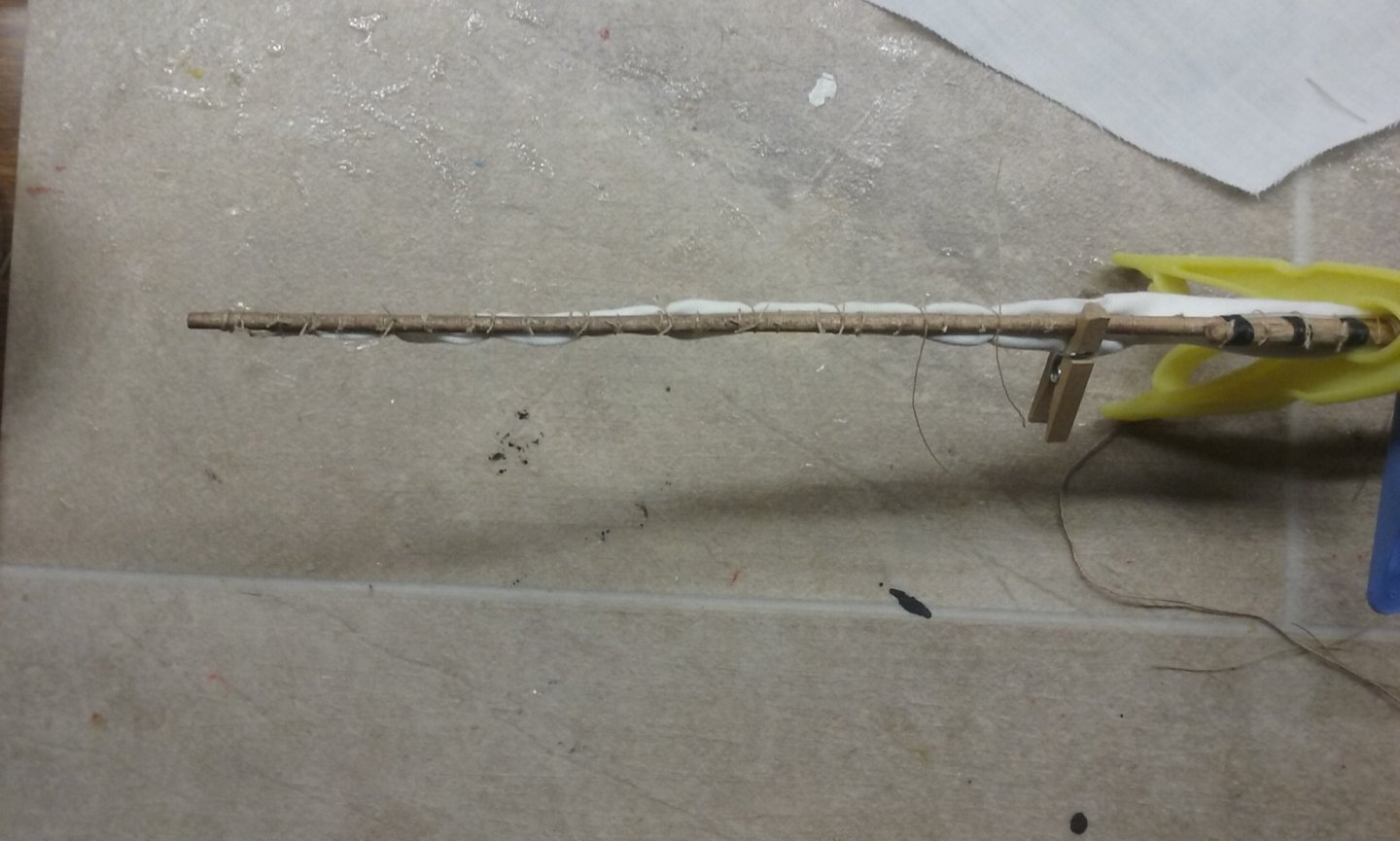
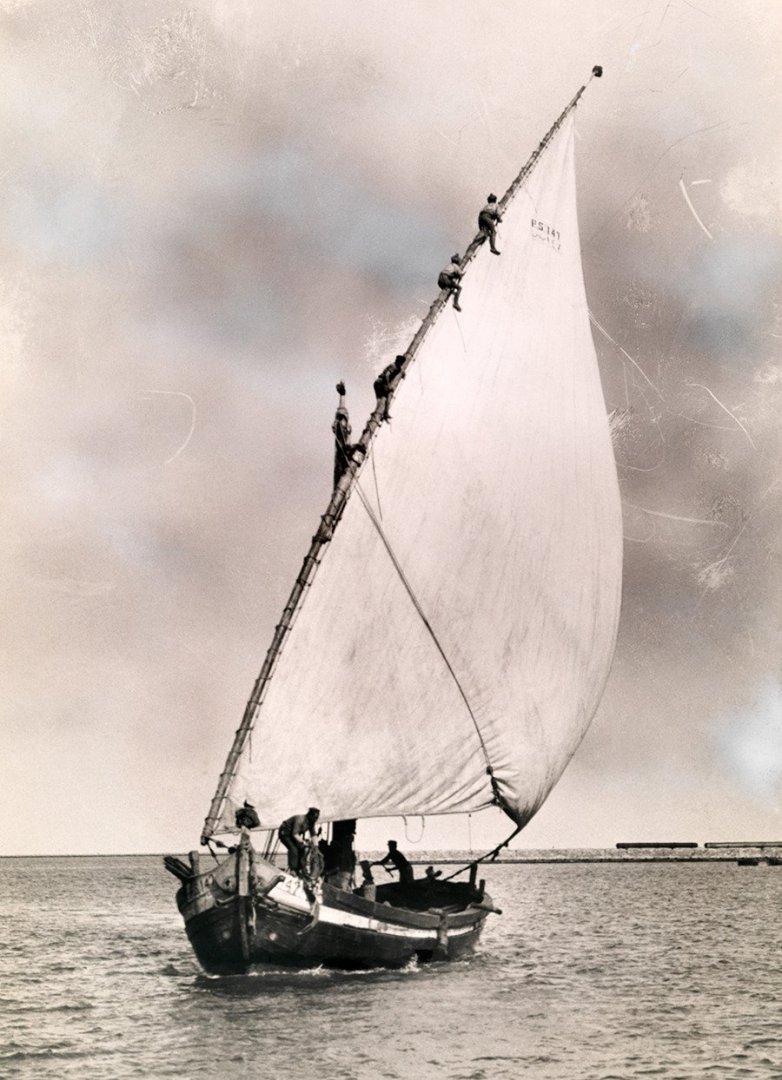
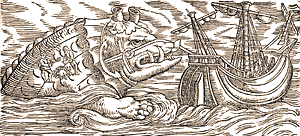
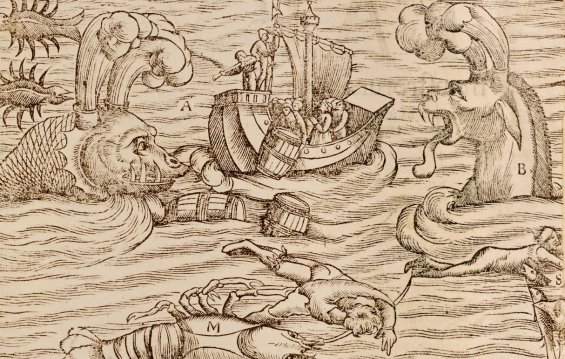
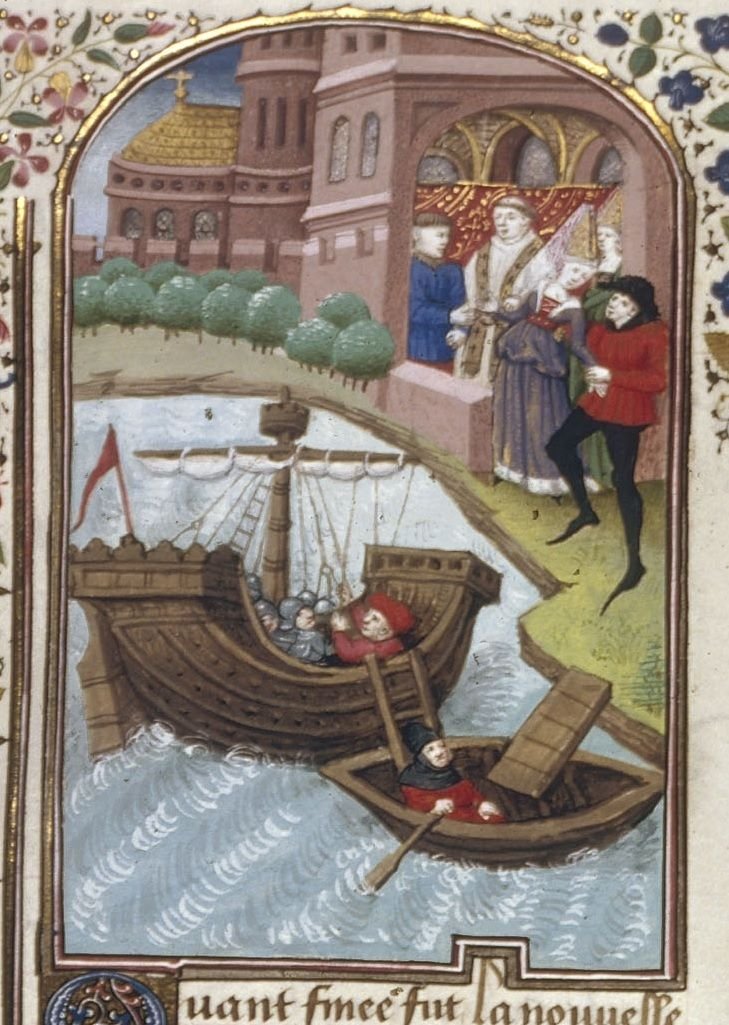
.thumb.jpg.1c6847f9f56e81dfbee714b38ffeb286.jpg)